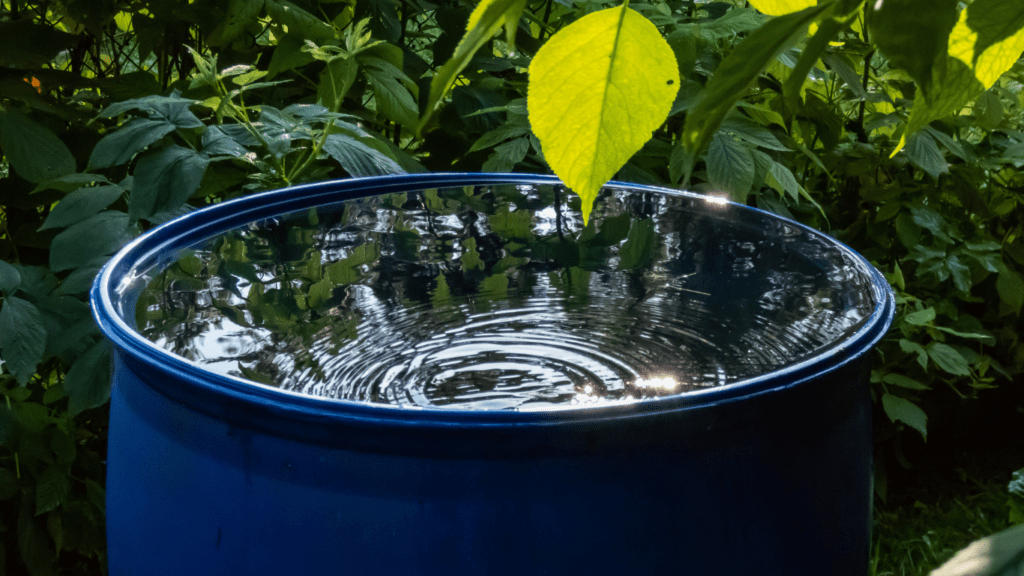Why Water Conservation Matters
Water sustains life and supports ecosystems, yet it’s a finite resource. According to the United Nations, only 0.5% of Earth’s water is accessible and suitable for consumption. Rapid population growth, urbanization, and climate change are straining this limited supply.
Conserving water reduces demand on local water systems. Lower consumption minimizes the energy required for water treatment and distribution, indirectly decreasing greenhouse gas emissions. For instance, the EPA estimates that letting faucets run uses between 2 to 5 gallons per minute.
Water shortages impact food supply and biodiversity. Agriculture accounts for 70% of global freshwater use, so conserving water helps maintain resources for crops and livestock. Preserving wetlands and rivers supports habitats for various species, from fish to migratory birds.
Personal financial benefits also stem from conservation efforts. Lower water use translates to reduced utility bills. Simple actions like fixing leaks or installing efficient fixtures can yield savings without compromising quality of life.
By prioritizing sustainable water use, I help protect this essential resource for future generations.
Simple Tips to Reduce Water Use Indoors
Reducing water use indoors is essential for conserving resources and lowering bills. Small actions across different areas of the home can make a significant impact without disrupting daily routines.
Fixing Leaks and Drips
Leaky faucets and pipes waste significant amounts of water daily. I fix dripping faucets immediately since a single drip per second can waste over 3,000 gallons annually. Replacing worn-out washers or seals in faucets and toilet tanks prevents continuous leaking. For pipes, I inspect joints and connections regularly to identify and repair cracks.
Upgrading to Water-Efficient Fixtures
Installing low-flow fixtures reduces water use without sacrificing performance. Showerheads using 2 gallons per minute (GPM) or less conserve more compared to older models that use 5 GPM. I also use dual-flush toilets to adjust water volume based on waste type. In addition, aerators added to faucets are inexpensive and cut water flow significantly.
Smarter Water Usage in the Kitchen
Using water efficiently in the kitchen helps save gallons daily. I always run the dishwasher only when full, as it uses less water compared to washing dishes by hand. Instead of letting water run, I rinse:
- fruits
- vegetables
- utensils
in a filled sink or bowl. Additionally, I thaw frozen food in the fridge instead of under running water.
Laundry and Bathroom Water-Saving Tips
- Laundry cycles consume large amounts of water.
- I wash only full loads and use high-efficiency washing machines that require 13 gallons per load versus traditional models using 23 gallons.
- In bathrooms, I limit showers to 5 minutes and turn off faucets while brushing my teeth.
- I also use a bucket to collect cold water while waiting for showers to heat and use it later for cleaning or plants.
Outdoor Water Conservation Strategies

Conserving water outdoors maximizes resource efficiency and reduces unnecessary waste. By implementing practical measures, I maintain a greener home while minimizing water usage.
Efficient Gardening and Landscaping
Choosing native and drought-tolerant plants reduces dependency on supplemental watering. I use mulching to retain soil moisture, limiting evaporation. Drip irrigation systems deliver water directly to plant roots, using up to 50% less water than traditional sprinklers. I water early morning or late evening when evaporation rates are lower.
Collecting and Using Rainwater
Rain barrels capture runoff from rooftops, offering a free water source for outdoor use. I use this collected water to hydrate plants and clean patios. For larger gardens, installing a rainwater collection system provides sustainable irrigation while reducing reliance on municipal supplies.
Pool and Yard Maintenance Tips
I keep my pool covered when not in use to prevent evaporation, which can save thousands of gallons annually. For lawn care, mowing grass to a height of 2.5–3 inches promotes deeper root growth, reducing watering frequency. Inspecting outdoor faucets and hoses prevents leaks that waste significant water.
Long-Term Investments for Water Efficiency
Implementing long-term strategies can ensure consistent water savings and significantly reduce environmental impact over time. Thoughtful investments in technology and materials contribute to a more sustainable home while lowering utility costs.
Installing Smart Water Systems
Smart water systems optimize water usage by monitoring consumption and detecting inefficiencies. I recommend installing smart irrigation controllers that adjust watering schedules based on weather conditions and soil moisture levels, reducing outdoor water waste by up to 30%. For indoor use, systems with leak detection sensors can alert you to leaks, avoiding unnecessary water loss and damage. Water meters integrated with smartphone apps allow real-time tracking of usage, enabling proactive adjustments.
Using Sustainable Building Materials
Sustainable materials conserve water indirectly by minimizing resource-intensive production processes. For plumbing, I suggest using PEX piping over standard metal pipes, as it has lower water leakage risk and a longer lifespan. Installing permeable paving surfaces, like porous concrete or gravel, manages rainwater runoff effectively and supports groundwater recharge. For fixtures, selecting products certified by programs like WaterSense ensures efficiency standards are met, reducing water waste across the board. Sustainable materials not only protect natural resources but also enhance the home’s overall water proficiency.


 William Taylor has been instrumental in building Mode Key Homes, focusing on commercial real estate and rental management strategies. His contributions help landlords and business owners navigate the complexities of the real estate market while maximizing efficiency and profitability.
William Taylor has been instrumental in building Mode Key Homes, focusing on commercial real estate and rental management strategies. His contributions help landlords and business owners navigate the complexities of the real estate market while maximizing efficiency and profitability.